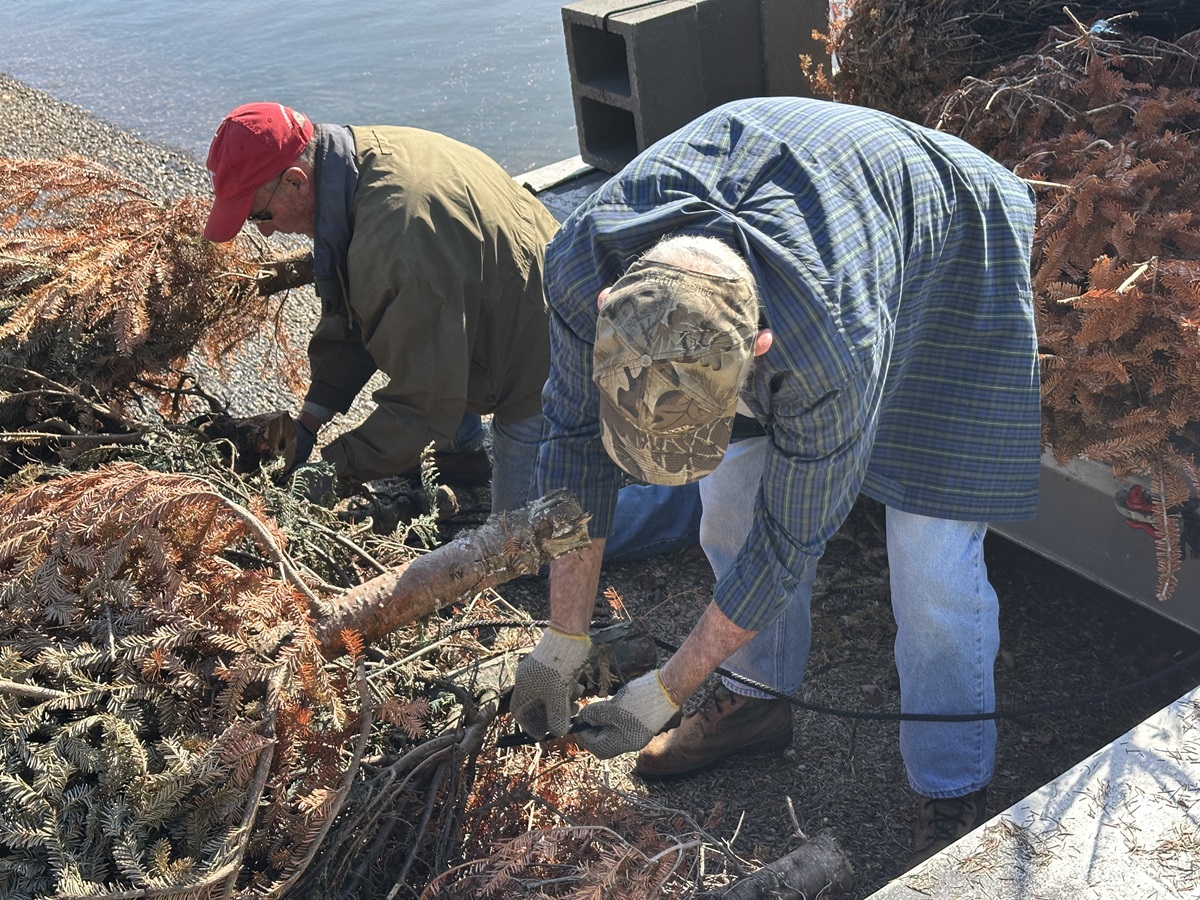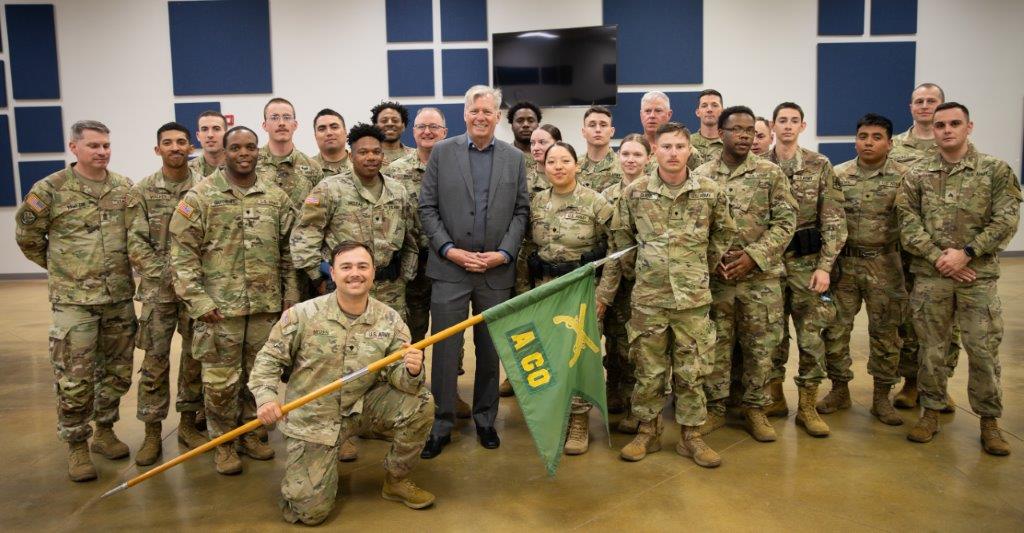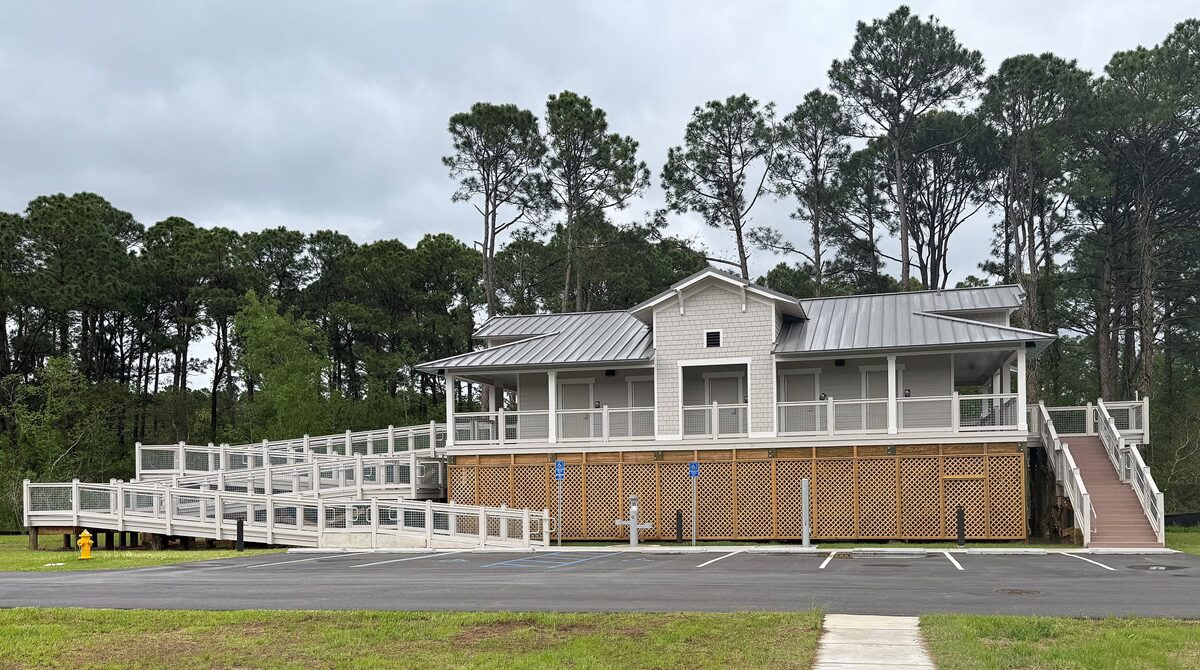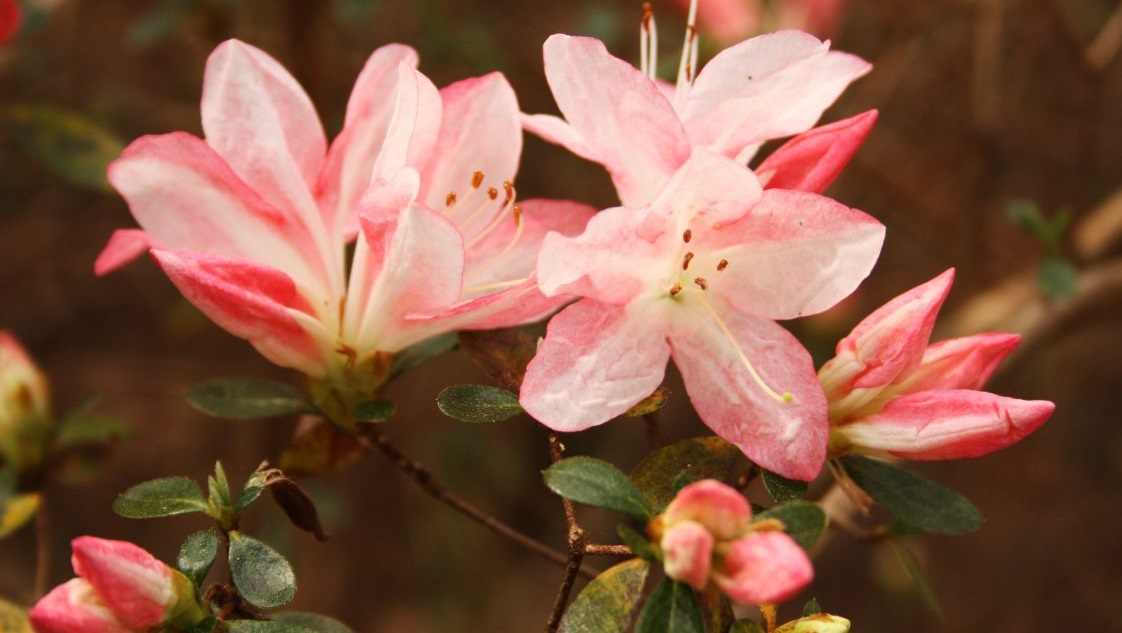Officials dedicate Moon Tree at Monte Sano State Park in Huntsville
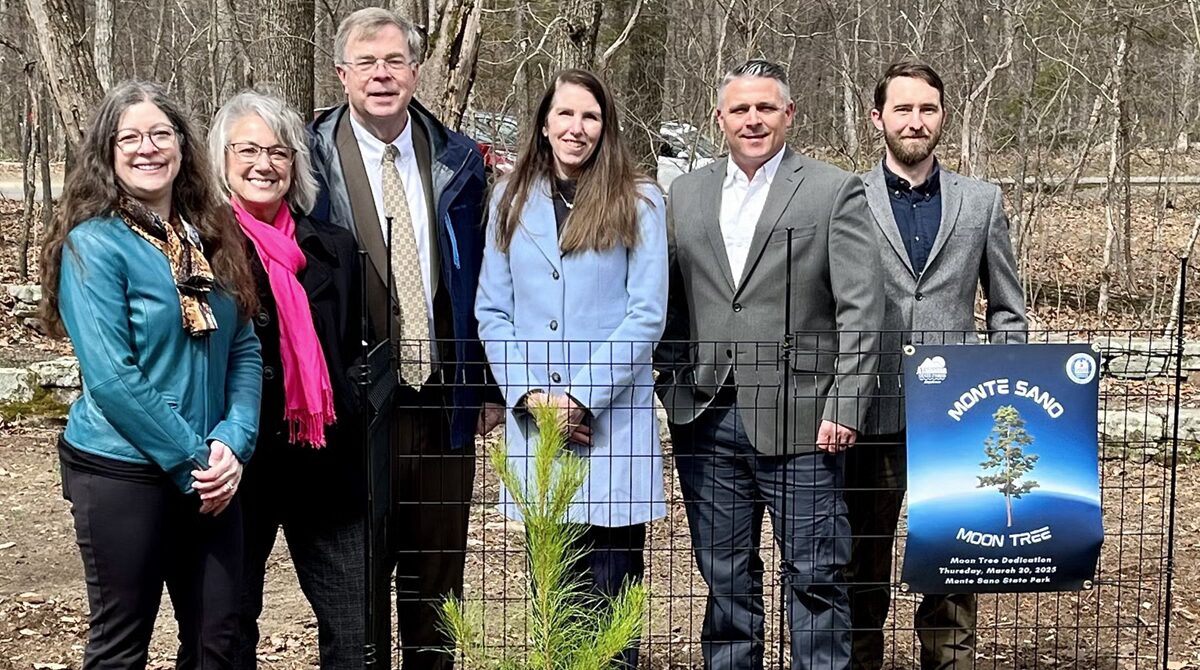
Dedicating the Moon Tree at Monte Sano State Park on March 20 were, from left, Alex Hall, president of the Von Braun Astronomical Society; Marcia Lindstrom, from NASA’s Marshall Space Flight Center; Huntsville Mayor Tommy Battle; Rae Ann Meyer, deputy director of NASA’s Marshall Space Flight Center; Chad Davis, district superintendent for Alabama State Parks; and Zachary Heard, park manager at Monte Sano State Park. (Alabama State Parks)
Officials from Alabama State Parks and the Von Braun Astronomical Society gathered March 20 with Huntsville city leaders and representatives from NASA to dedicate a Moon Tree – a tree grown from seeds flown on American spacecraft in lunar orbit – that has been planted at Monte Sano State Park.
NASA’s Office of STEM Engagement selected the Von Braun Astronomical Society to receive the tree, and VBAS partnered with Alabama State Parks to have it planted at Monte Sano State Park.
“Our partnership with the Von Braun Astronomical Society dates back decades, and it’s wonderful that this partnership has led to the planting of this amazing Moon Tree,” said Alabama State Parks Director Matthew Capps.
In 2022, seeds of several tree species traveled into lunar orbit aboard the Orion spacecraft as part of the Artemis I mission. The seeds spent more than 25 days in space before returning to Earth.
The Von Braun Astronomical Society, which is celebrating its 70th anniversary, applied to NASA to receive a tree and learned it had been selected to receive one earlier this year. The tree, a loblolly pine, arrived last week and was immediately planted at Monte Sano State Park. This is the first Moon Tree awarded to an astronomical society and recognizes the significant education and outreach done by the society volunteers.
The Moon Tree plantings pay homage to a similar program conducted as part of the Apollo 14 mission in 1971, when seeds accompanied astronauts Alan Shepard and Edgar Mitchell, who became the fifth and sixth humans to walk on the moon. The Apollo 14 Moon Trees were grown into seedlings by the U.S. Department of Agriculture Forest Services and placed around the world, including some distributed as part of the U.S. bicentennial in 1976.
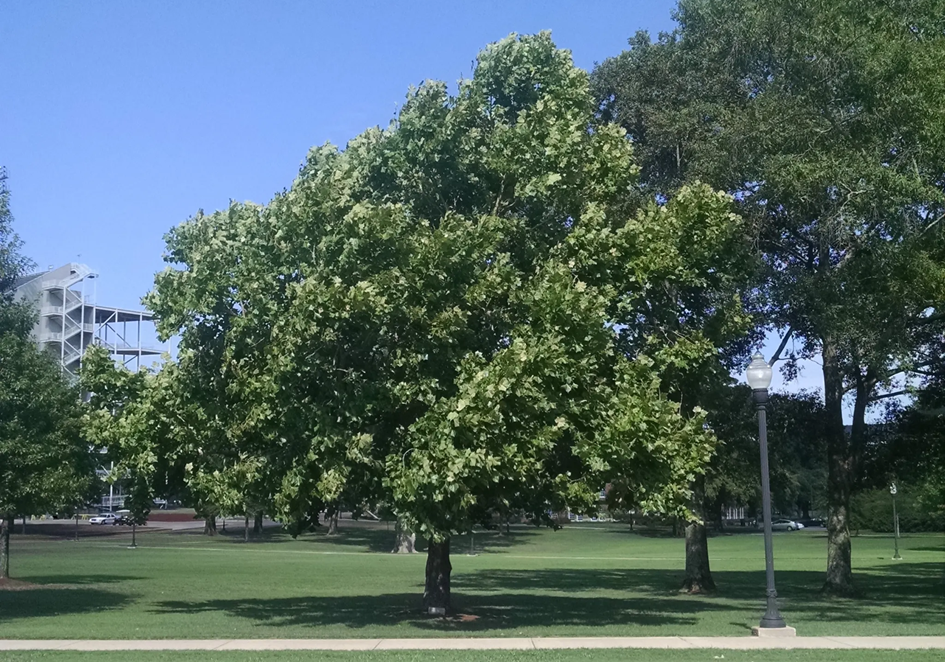
A sycamore Moon Tree from the Apollo 14 mission planted at Mississippi State University in 1975. The current Artemis I Moon Tree program pays homage to NASA’s original Moon Tree program of the 1970s. (Will Bryan / NASA)
The Artemis Moon Trees are intended to serve as a celebration of the future of space exploration, and placing one in Huntsville holds special significance, considering the loblolly seed was sent into lunar orbit by a rocket developed at Marshall Space Flight Center in Huntsville.
The Moon Tree, planted near the John Scoble Memorial Pavilion in the park, will be protected by fencing and a permanent sign will be installed soon to commemorate its significance. Visitors will also be encouraged to use the #MonteSanoMoonTree hashtag when posting about it on social media.
“The Monte Sano Moon Tree serves as an inspirational symbol of the relationship between Earth and space,” said Alex Hall, president of the Von Braun Astronomical Society. “This space traveler reminds us to look to the stars and holds special meaning for many of our members who have been and continue to be involved in the exploration of space. We can’t wait to see people posting selfies with the tree on social media.”
This story originally appeared on the Alabama Department of Conservation and Natural Resources’ Outdoor Alabama website.
